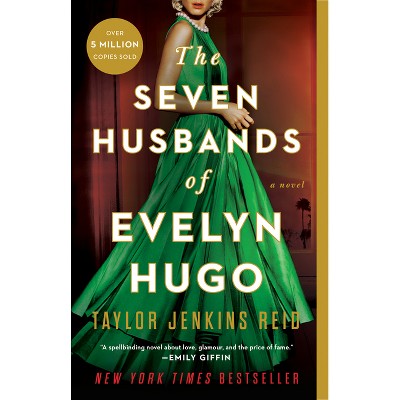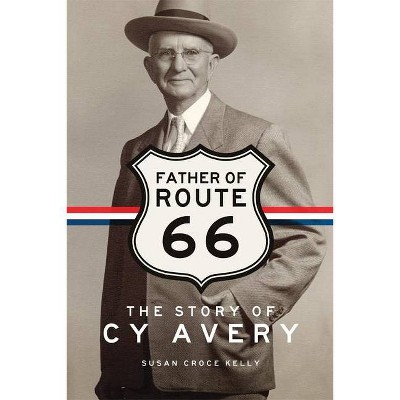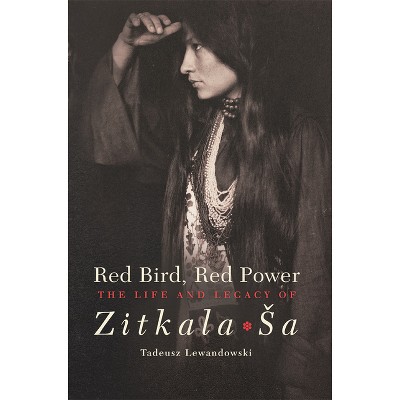Sponsored

Strangers in Blood - by Jennifer S H Brown (Paperback)
$21.95
In Stock
Eligible for registries and wish lists
Sponsored
About this item
Highlights
- "A long-needed comparative analysis of...the officer class of the Hudson's Bay and North West companies before and after their merger in 1821...Essential reading for all serious scholars of the fur trade.
- Author(s): Jennifer S H Brown
- 292 Pages
- History, United States
Description
About the Book
Originally published: Vancouver: University of British Columbia Press, 1980.Book Synopsis
"A long-needed comparative analysis of...the officer class of the Hudson's Bay and North West companies before and after their merger in 1821...Essential reading for all serious scholars of the fur trade."-Ethnohistory "The book makes a significant contribution to our understanding not only of the fur trade but also to anthropology and Indian-white relations." -Pacific Historical Review For two centuries (1670-1870), English, Scottish, and Canadian fur traders voyaged the myriad waterways of Rupert's Land, the vast territory charted to the Hudson's Bay Company and later splintered among five Canadian provinces and four American states. The knowledge and support of northern Native peoples were critical to the newcomer's survival and success. With acquaintance and alliance came intermarriage, and the unions of European traders and Native women generated thousands of descendants. Jennifer Brown's Strangers in Blood is the first work to look systematically at these parents and their children. Brown focuses on Hudson's Bay Company officers and North West Company wintering partners and clerks-those whose relationships are best known from post journals, correspondence, accounts, and wills. The durability of such families varied greatly. Settlers, missionaries, European women, and sometimes the courts challenged fur trade marriages. Some officers' Scottish and Canadian relatives dismissed Native wives and "Indian" progeny as illegitimate. Traders who took these ties seriously were obliged to defend them, to leave wills recognizing their wives and children, and to secure their legal and social status-to prove that they were kin, not "strangers in blood." Brown illustrates that the lives and identities of these children were shaped by factors far more complex than "blood." Sons and daughters diverged along paths affected by gender. Some descendants became Métis and espoused Métis nationhood under Louis Riel. Others rejected or were never offered that course-they passed into white or Indian communities or, in some instances, identified themselves (without prejudice) as "half breeds." The fur trade did not coalesce into a single society. Rather, like Rupert's Land, it splintered, and the historical consequences have been with us ever since. Jennifer S.H. Brown is a Professor of History at the University of Winnipeg. She is coauthor of The Orders of the Dreamed: George Nelson on Cree and Northern Ojibwa Religion and Myth, 1823, and coeditor of The New Peoples: Being and Becoming Métis in North America.From the Back Cover
For two centuries (1670 - 1870), English, Scottish, and Canadian fur traders voyaged the myriad waterways of Rupert's Land, the vast territory charted to the Hudson's Bay Company and later splintered among five Canadian provinces and four American states. The knowledge and support of northern Native peoples were critical to the newcomer's survival and success. With acquaintance and alliance came intermarriage, and the unions of European traders and Native women generated thousands of descendants. Jennifer Brown's Strangers in Blood is the first work to look systematically at these parents and their children. Brown focuses on Hudson's Bay Company officers and North West Company wintering partners and clerks - those whose relationships are best known from post journals, correspondence, accounts, and wills. The durability of such families varied greatly. Settlers, missionaries, European women, and sometimes the courts challenged fur trade marriages. Some officers' Scottish and Canadian relatives dismissed Native wives and "Indian" progeny as illegitimate. Traders who took these ties seriously were obliged to defend them, to leave wills recognizing their wives and children, and to secure their legal and social status - to prove that they were kin, not "strangers in blood". Brown illustrates that the lives and identities of these children were shaped by factors far more complex than "blood". Sons and daughters diverged along paths affected by gender. Some descendants became Metis and espoused Metis nationhood under Louis Riel. Others rejected or were never offered that coursethey passed into white or Indian communities or, in some instances, identified themselves (without prejudice) as"halfbreeds". The fur trade did not coalesce into a single society. Rather, like Rupert's Land, it splintered, and the historical consequences have been with us ever since.Dimensions (Overall): 9.0 Inches (H) x 6.03 Inches (W) x .6 Inches (D)
Weight: .87 Pounds
Suggested Age: 22 Years and Up
Number of Pages: 292
Genre: History
Sub-Genre: United States
Publisher: University of Oklahoma Press
Theme: General
Format: Paperback
Author: Jennifer S H Brown
Language: English
Street Date: February 15, 1996
TCIN: 88971093
UPC: 9780806128139
Item Number (DPCI): 247-56-2763
Origin: Made in the USA or Imported
If the item details aren’t accurate or complete, we want to know about it.
Shipping details
Estimated ship dimensions: 0.6 inches length x 6.03 inches width x 9 inches height
Estimated ship weight: 0.87 pounds
We regret that this item cannot be shipped to PO Boxes.
This item cannot be shipped to the following locations: American Samoa (see also separate entry under AS), Guam (see also separate entry under GU), Northern Mariana Islands, Puerto Rico (see also separate entry under PR), United States Minor Outlying Islands, Virgin Islands, U.S., APO/FPO
Return details
This item can be returned to any Target store or Target.com.
This item must be returned within 90 days of the date it was purchased in store, shipped, delivered by a Shipt shopper, or made ready for pickup.
See the return policy for complete information.
Frequently bought together

$9.02 - $19.99
MSRP $17.00 - $19.99
4.6 out of 5 stars with 566 ratings

$13.99 - $23.05
MSRP $25.00 - $40.00
4.4 out of 5 stars with 199 ratings
Trending Non-Fiction


$18.28
was $19.58 New lower price
4.7 out of 5 stars with 17 ratings

$4.59
MSRP $7.99
Buy 2, get 1 free select books
4.8 out of 5 stars with 123 ratings

$6.20
MSRP $10.95
Buy 2, get 1 free select books
4.8 out of 5 stars with 33 ratings

$7.09
MSRP $9.99
Buy 2, get 1 free select books
4.9 out of 5 stars with 46 ratings










